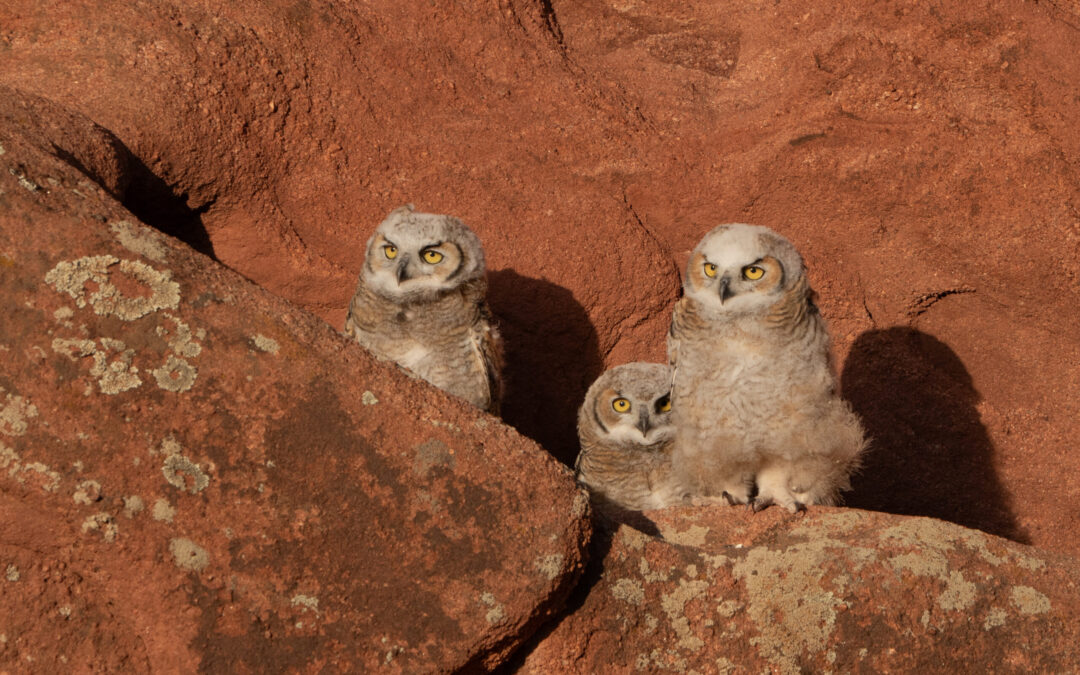By Mary Young
Spring is the season of new life. Newly-hatched baby birds, white-spotted mule deer fawns, litters of coyote and fox puppies. What should you do if you find a baby animal that appears abandoned?
With a few exceptions, you should leave baby animals alone in their natural habitat, says Colorado Parks and Wildlife. The parent is probably nearby waiting for you to leave.
Wildlife are prepared to survive in nature without human intervention. In fact, a well-meaning person bringing home a baby animal usually does more harm than good. Mule deer does, for example, leave their fawns hidden in a safe place while they feed. The fawns have almost no scent and will lie completely motionless until mother returns, adaptations to keep them safe from detection by predators. Bringing that baby home to “rescue” it means it will end up at a zoo or other situation, no longer a wild animal. Just handling a baby animal leaves your scent on it, which might cause the parent to abandon the young.
Baby birds on the ground that have feathers (fledglings) are learning to fly, and the adult birds are still feeding them, so leave them alone. If you find a young baby without feathers, you can try to carefully return it to its nest. If that isn’t possible, line a small box with grass or paper towels and place that near the nest. The parents will continue to care for the baby until it can live on its own.
If a baby animal appears sick or injured, don’t try to feed or nurse it. If the parent has not returned after 24 hours, call CPW or a wildlife rehabilitator for help. There is a list of licensed wildlife rehabilitators on the CPW website, https://cpw.widen.net/s/vqshfnw8x5/publicrehablisting.
photo: Ben Jardina

